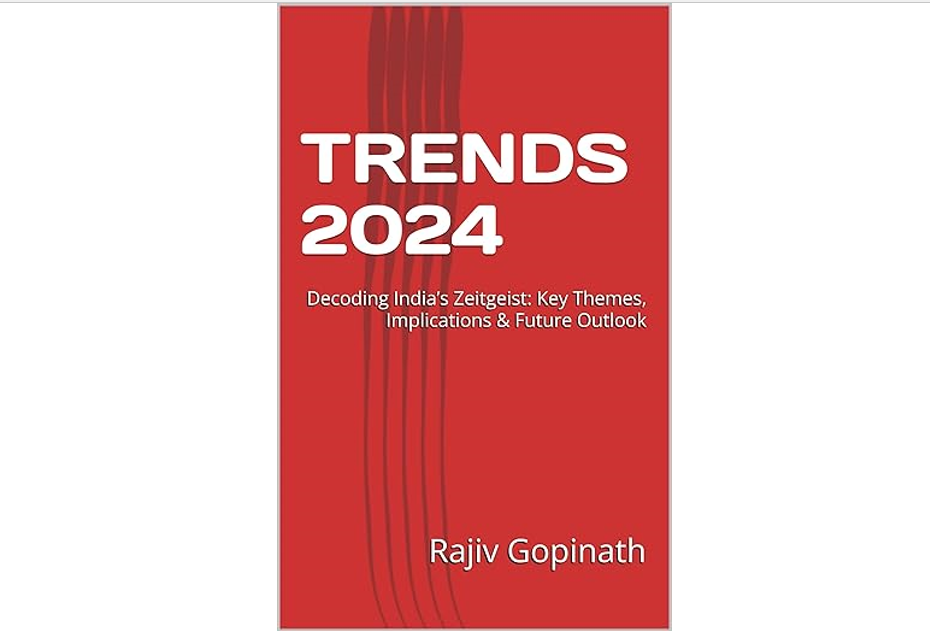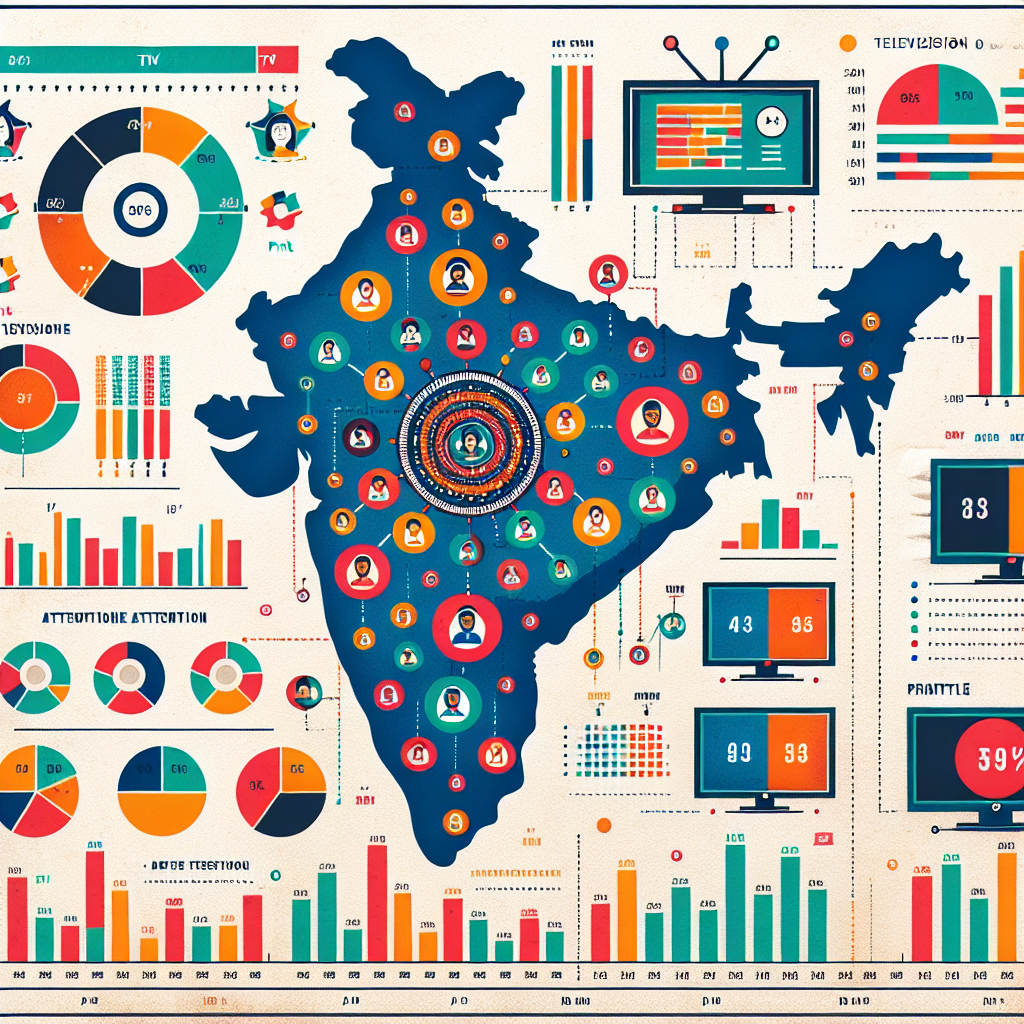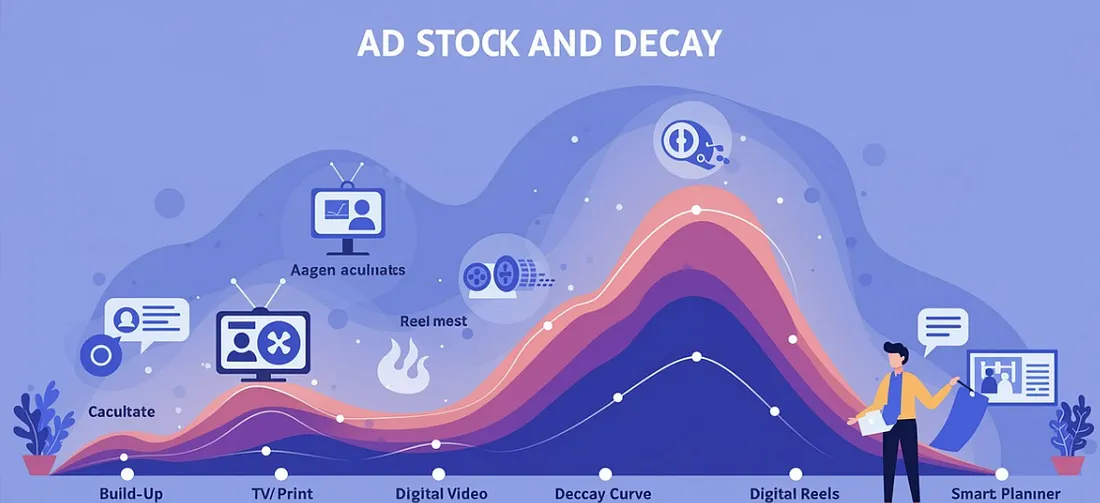The Rise of Dark Social and Its Impact on Marketing Measurement
Introduction: The Attribution Crisis in Digital Marketing
Digital marketing has long promised precise measurement and attribution—the ability to trace every conversion back to its originating touchpoint. However, a growing phenomenon called "dark social" is challenging this fundamental premise. First coined by Alexis Madrigal in 2012, dark social refers to web traffic that comes from private sharing channels that analytics tools cannot properly attribute: messaging apps, email, text messages, and secure browsing. According to research by RadiumOne, up to 84% of consumer sharing now happens through these private channels rather than public social media platforms. This shift has created a significant blind spot for marketers, with GWI data suggesting that 63% of all link clicks may be misattributed to direct traffic. The implications are profound: marketing strategies built on incomplete data, misallocated budgets, and missed opportunities for engagement. This article examines the growing prevalence of dark social, its impact on marketing measurement frameworks, and strategic approaches for navigating an increasingly opaque attribution landscape.
1. Understanding Dark Social: The Invisible Sharing Economy
Dark social represents a fundamental shift in how content circulates online:
a) The Taxonomy of Dark Channels
Marketing technologist Christopher Penn categorizes dark social into several distinct types:
- Messaging platforms (WhatsApp, Messenger, WeChat)
- Encrypted communications (Signal, Telegram)
- Email and text messaging
- Mobile apps with sharing capabilities
- Secure browsing sessions
b) The Privacy Paradox and Consumer Behavior
Research by danah boyd on digital privacy reveals:
- Increasing consumer concerns about data collection
- Preference for "private publics" over open platforms
- Generational shifts toward closed communication channels
c) The Scale of Attribution Loss
According to analytics firm Parse.ly:
- 65% of social sharing may occur via dark channels
- Mobile devices account for 75% of dark social sharing
- Certain content categories (health, finance, relationships) see up to 80% dark sharing
Example: The New York Times found that their most engaged readers shared primarily through dark channels, with email and messaging apps generating twice the engagement time compared to public social sharing.
2. The Measurement Challenge: Frameworks for Dark Attribution
Several methodologies have emerged to address dark social measurement:
a) The Post-Referral Attribution Model
Digital analytics pioneer Avinash Kaushik proposes an approach focusing on:
- Probabilistic modeling of traffic patterns
- Behavioral fingerprinting to identify likely sources
- Comparative analysis of engagement metrics across channels
b) The Dark Funnel Framework
Marketing professor Scott Brinker's model conceptualizes:
- Known-known touchpoints (properly attributed)
- Known-unknown touchpoints (identifiable but not attributable)
- Unknown-unknown interactions (completely invisible engagement)
c) Last-Mile Attribution Systems
Research from Northwestern University's Medill School identifies techniques including:
- URL shorteners with tracking parameters
- Custom tracking domains
- Progressive web app engagement tracking
Example: Sportswear brand Adidas implemented custom link-generation tools for their ambassador program, allowing them to track dark social sharing while improving attribution by 63% and demonstrating 4x higher conversion rates from dark social traffic.
3. Strategic Adaptations: Marketing in an Attribution-Challenged Landscape
Effective dark social strategies require systematic approaches:
a) Share-Optimized Content Architecture
Leading brands are implementing:
- Mobile-optimized sharing mechanisms
- One-click copy functionality
- Pre-populated sharing templates
- Embedded tracking parameters
b) Community-Centric Engagement Models
Marketing strategist Mark Schaefer advocates for:
- Micro-community cultivation over mass-market broadcasting
- Ambassador and advocacy programs
- Private group engagement strategies
c) AI-Powered Inference Systems
Artificial intelligence enables:
- Pattern recognition in seemingly direct traffic
- Session behavior analysis to identify likely sources
- Predictive modeling of attribution paths
Example: Beauty brand Glossier built its billion-dollar valuation largely through dark social strategies, focusing on private communities, messaging channels, and word-of-mouth ambassadors rather than traditional social platforms.
4. Measurement Evolution: New Metrics for Dark Social Success
Adapting to dark social requires specialized metrics:
a) Dark Engagement Indices
Private sharing rate: Estimated ratio of dark to public sharing, attribution confidence scoring, and pattern matching algorithms for traffic source identification.
b) Proxy Measurement Systems
Research by the Harvard Business Review suggests alternative metrics:
- Post-click engagement depth as a quality indicator
- Behavioral cohort analysis to identify likely sharing patterns
- Branded search uplift as an indicator of dark social activity
c) Micro-Conversion Analysis
Multi-touch engagement sequences, content utility metrics, and share-of-voice across private channels via surveys.
Example: National Geographic implemented a custom dark social measurement framework that helped them identify that private messaging apps drove 36% more video completion and 25% higher subscription conversion than public social platforms.
5. Future Trajectories: The Evolution of Dark Social Measurement
Several emerging trends are reshaping dark social strategies:
a) Privacy-Preserving Analytics
As privacy concerns intensify:
- Federated learning for insights without personal data
- Aggregate data modeling rather than individual tracking
- Privacy-enhancing technologies for measurement
b) Conversational Commerce Integration
The merging of messaging and transactions:
- In-chat purchasing capabilities
- Dark social commerce attribution
- Messaging platform analytics integration
c) First-Party Data Amplification
Building proprietary systems to address attribution gaps:
- Customer data platform integration with dark social signals
- Identity graph construction across channels
- Authenticated experience frameworks
Example: E-commerce platform Shopify has begun implementing conversational commerce tools that connect messaging apps directly to transaction systems, allowing better attribution while maintaining the private nature of dark social interactions.
Conclusion: Embracing Attribution Uncertainty
The rise of dark social represents not just a measurement challenge but a fundamental shift in how consumers discover, engage with, and share content online. While complete attribution may remain elusive in this new landscape, forward-thinking marketers are adapting by focusing less on perfect tracking and more on creating share-worthy experiences, fostering communities, and developing proxy measurement systems. Rather than fighting against this shift toward private sharing, successful brands are leaning into it by designing content specifically for dark social channels and measuring success through more sophisticated frameworks than traditional last-click attribution. In a digital ecosystem increasingly defined by privacy concerns and closed networks, the brands that thrive will be those that balance measurement needs with respect for the changing ways consumers prefer to connect.
Call to Action
For marketing leaders seeking to adapt to the dark social landscape:
- Conduct a dark social audit to estimate the scale of attribution loss in your marketing ecosystem
- Implement basic technical solutions like custom URL parameters and sharing tools to improve visibility
- Develop mixed-method measurement approaches that combine quantitative tracking with qualitative research
- Shift strategy toward creating content explicitly designed for private sharing rather than public virality
Featured Blogs

TRENDS 2024: Decoding India’s Zeitgeist: Key Themes, Implications & Future Outlook

How to better quantify attention in TV and Print in India

AI in media agencies: Transforming data into actionable insights for strategic growth

How the Attention Recession Is Changing Marketing

The New Luxury Why Consumers Now Value Scarcity Over Status

The Psychology Behind Buy Now Pay later

The Rise of Dark Social and Its Impact on Marketing Measurement

The Role of Dark Patterns in Digital Marketing and Ethical Concerns

The Future of Retail Media Networks and What Marketers Should Know
Recent Blogs

Ad Stock & Decay: The Invisible Hand Guiding Media Schedules

The Big Mac Illusion:What a Burger Tells Us About Global Economics

When Search Starts Thinking How AI Is Rewriting the Discovery Journey

CEP Tracker The Modern Brand Health Metric

Cracking Growth: How to Leverage Category Entry Points (CEPs) for Brand Advantage

